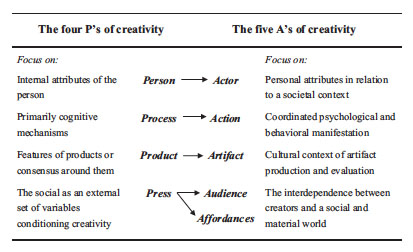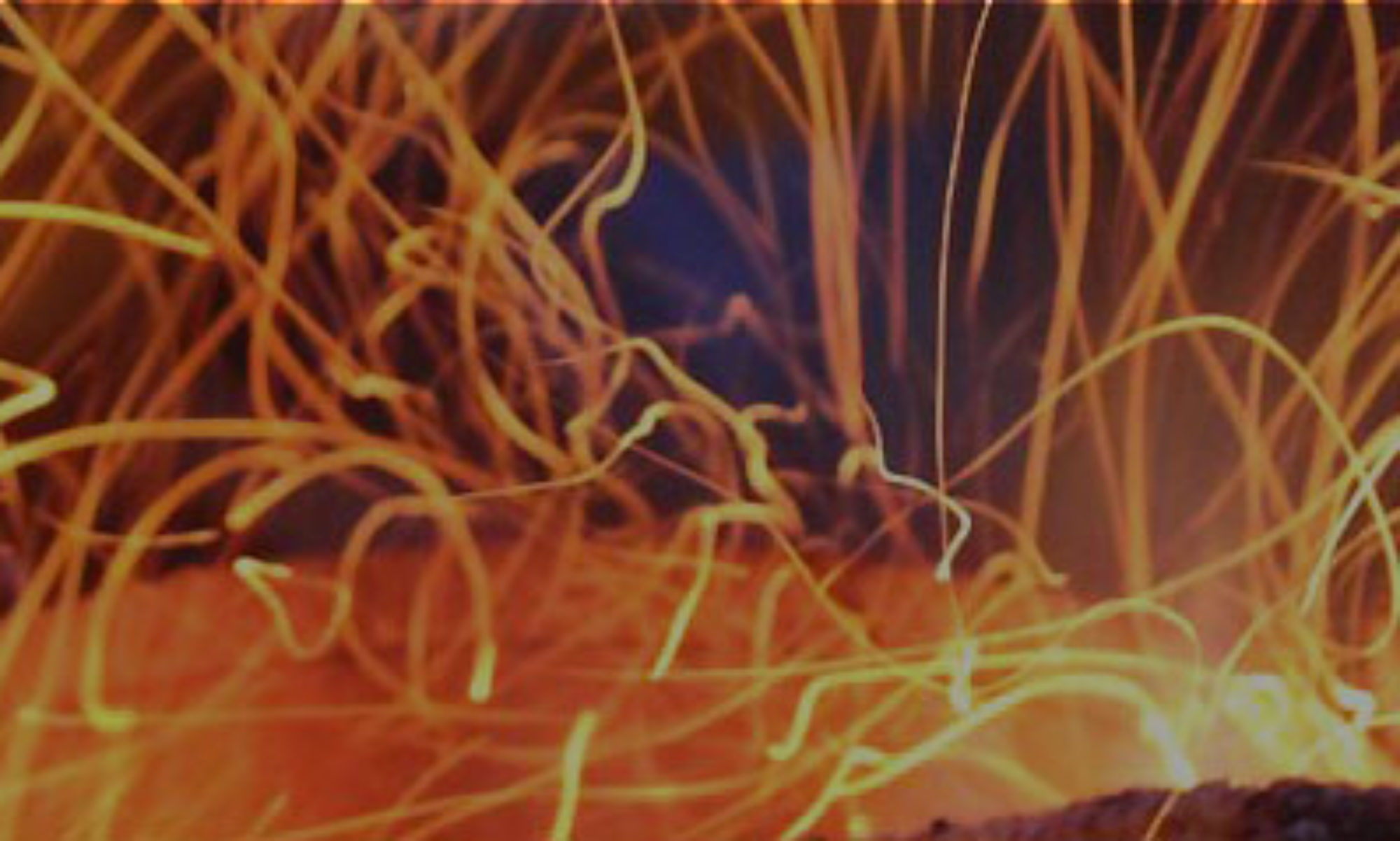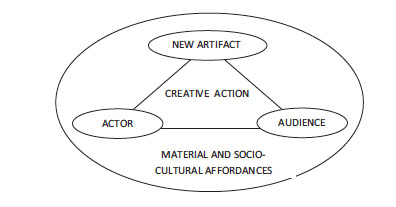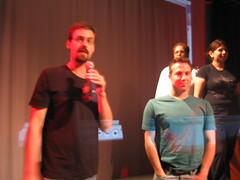It is written in many places how the arts and creative individuals contribute to community and community development. The concept of “creative economy” owes its origins to this body of work. But what about the influences in the other direction? What does community add to the creative process? Is there creativity without community?
We think of creativity as an individual quality. Incubated and expressed by a singular brain making sense of the world. And certainly there is an understanding that creative individuals can band together and form a community for mutual support and exploration of creative impulses. But what if creativity only exists because there is community? Because there are thoughts, ideas and connections to make sense of?
So this is the line of inquiry I started as part of the UMass Boston Critical and Creative Thinking’s current Collaborative Exploration -Everybody Can Think Creatively!! I came across Rhode’s (1961) concepts of the four Ps in the creative journey (Person, Process, Product, Press) which works from that idea that creativity is part of individual cognitive processes. But Glaveanu’s 2012 article entitled “Rewriting the Language of Creativity” argues for a sociocultural approach to these concepts transforming them into ones that have more social meaning. Person becomes Actor, Process becomes Action, Product translates to Artifact, and Press splits into its social meaning of Audience and its material component, Affordances. Here is how Glaveanu details the relationship between Rhodes “sociocognitive” approach and this more “sociocultural” one:

Glaveanu also provides a visual of how these 5As integrate with one another:
As someone who is more of a sociologist than a psychologist, Glaveanu’s 5As resonate with me at a deeper level. What if it is our ability to come to a situation and then the interactions of that situation that embody creative processes? What if it is not the product itself, but the meaning we attach to the product, its function as an artifact, that is the more important aspect of goods and ideas? And can any idea or creative endeavor exist outside of its social context, those who interact with it and the material constraints that birth it into being?
So how do these ideas and questions connect into the activities and concepts being explored in the #CICMOOC? The concept of being an actor or having agency is my next line of thinking and it seems to me that the lectures and exercises presented in these first two weeks by the University of Pennsylvania team are all about individuals viewing themselves as creative agents. By encouraging hands on experimentation and self reflection the materials invite and prompt us to think and act as creators. They provide multiple doorways into the act of creation and this week we gets some actual tools to get us going.
These three things – 1) an invitation and openness to create; 2) permission and encouragement to start with what you have and enter into the process with what you are and 3) support and materials to get you going seem critical to becoming and agent and feeling empowered to be creative. I still have much more to think about in relation to this creative agency concept, but I am at the start of this inquiry.
Referenced Articles:
Gl?veanu, V. P. (2013). Rewriting the language of creativity: The Five A’s framework. Review of General Psychology, 17(1), 69.
Rhodes, M. (1961). An analysis of creativity. The Phi Delta Kappan, 42(7), 305-310.




